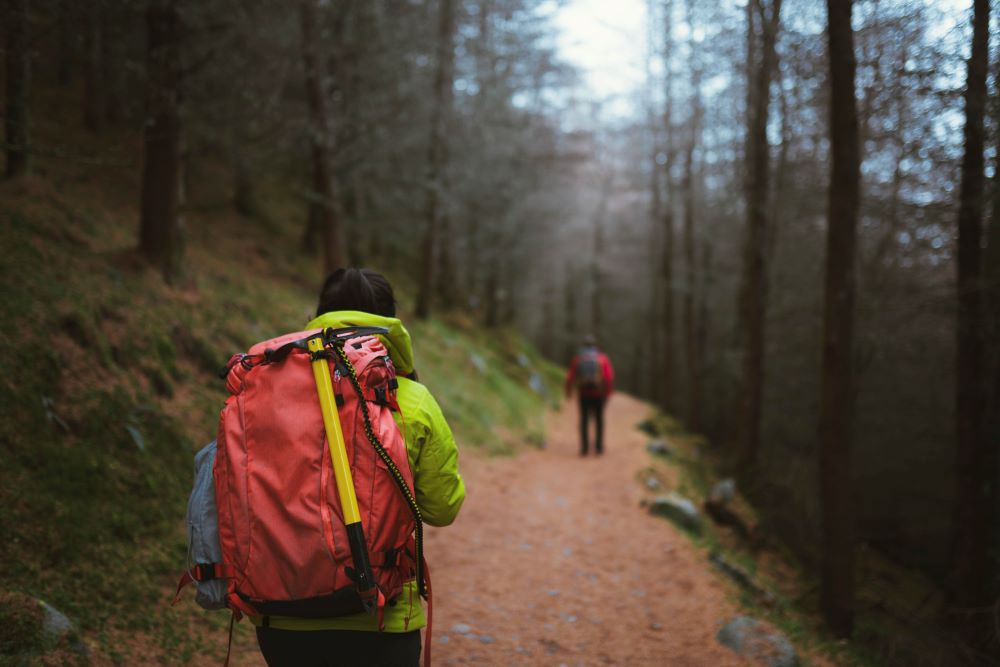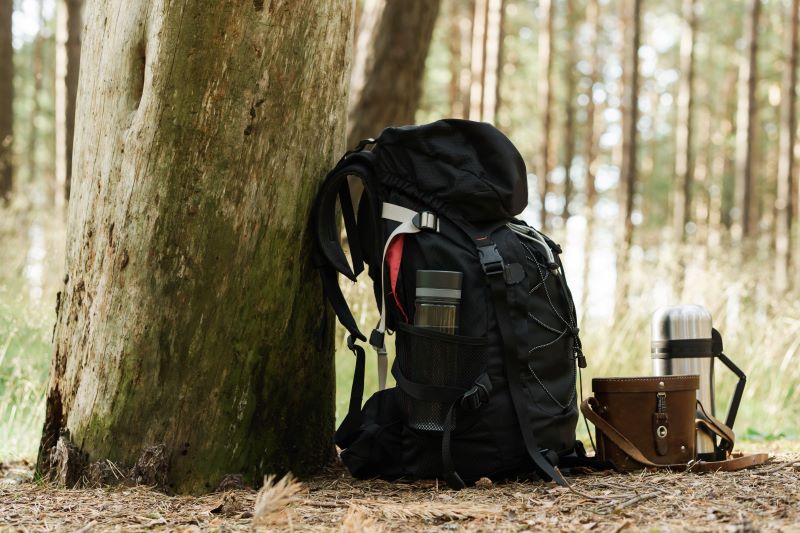7 Crore+ Customers

Affordable Premium

7 Crore+ Customers

Affordable Premium



If you're looking for an adventure in the great outdoors, hiking and trekking are two excellent options. Both activities involve exploring natural environments on foot, but some key differences set them apart.
Whether you're interested in a leisurely hike through a scenic trail or a challenging multi-day trek to a mountaintop, there's something for everyone in the world of hiking and trekking.
Let’s look at some of the differences between trekking and hiking.
|
Basis |
Trekking |
Hiking |
|
Meaning |
Trekking involves walking for extended periods in unpredictable, untamed environments with challenging natural conditions and camping every night until you reach your destination. |
Hiking involves shorter trips on established pathways or frequently used trails, often with multiple stops at designated bases. |
|
Duration |
Trekking usually takes 2 or more days to complete and may include camping at different locations before continuing the trek. |
Hiking takes a shorter route and duration compared to trekking. It usually lasts for a few hours and doesn’t take more than a day to complete. |
|
Terrain |
Trekkers do not have to conform to set paths of trails and can freely choose the path they find the safest or easily trekkable. |
There are several trail markings and paved ways to make it easier for the hikers to find their way through the trail. |
|
Accommodation |
Trekkers can usually find accommodation on camps set across the terrain specifically for trekkers or carry suitable tents. |
Hikers, if they plan on camping at a certain point can usually put-up tents that they can carry or find set camping grounds across the trail. |
|
Environmental Impact |
Treks might have a more significant environmental impact than hikes since they take longer. |
Over time, hikers can cause environmental devastation by leaving behind non-biodegradable debris, starting fires and damaging vegetation. |
|
Essential Requirements |
A survival pack, camping supplies, boots, a compass and clothing suitable for varying temperatures, particularly in hilly regions, are essential. |
Hiking during the day or at night depends on weather conditions.You may need water, a compass, hiking poles and appropriate footwear for the trail.Consider carrying a survival kit, food, and medication in your backpack for an overnight hike. |
|
Different Names |
Backpacking is another name for trekking, but mountaineering is different. |
Different names for hiking exist worldwide: trekking in Nepal, bushwalking in Australia, and tramping in New Zealand. |
|
Popular Destination |
In Nepal, India, and Bhutan, trekking is very common in the foothills of the Himalayas. Another well-liked trekking destination is South America's Andes. |
Day hikes and walks are very popular in North America, Europe, New Zealand, Chile, Costa Rica, and Hawaii. |

Here's a list of essentials that you should consider taking with you when you go trekking or hiking:
Remember to research your trail or route and tell someone where you'll be hiking and when you will be returning. Always practice the Leave No Trace principles by packing trash and respecting the natural environment.
Trekking and hiking are both tremendous physical activities that offer numerous health benefits. Here are some of the health benefits of trekking and hiking:
India offers many trekking options for people of all experience levels. You can choose from day hikes to multi-day expeditions, and experienced guides are available to assist you in planning and navigating your journey.
During the trek, you will immerse yourself in vibrant local cultures, interact with friendly communities, and witness the awe-inspiring beauty of India.